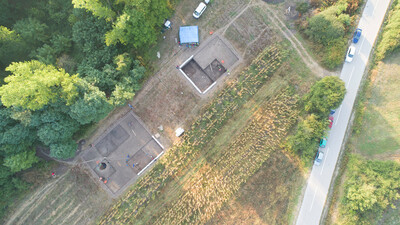
The research group »Prehistoric Phenomena« investigates the decisive changes in human models of society and life that can be observed from the early Holocene to the beginning of the Metal Ages (ca. 10th to 3rd millennium BC) in the area from Asia to Southeast Europe. The focus is on the first sedentary agricultural cultures in the Neolithic, their socio-cultural structures as well as technological and innovative processes up to the emergence of the first proto-urban societies in the course of the Copper and Early Bronze Ages.






![[Translate to English:] [Translate to English:]](/fileadmin/_processed_/7/f/csm_Cukurici_216529e566.jpg)


![[Translate to English:] [Translate to English:]](/fileadmin/_processed_/d/3/csm_Kalba_ae0ba1ae73.jpg)

![[Translate to English:] [Translate to English:]](/fileadmin/_processed_/8/e/csm_PlatiaMagulaZarkou_Hausmodell_c6cf0d0928.jpg)






